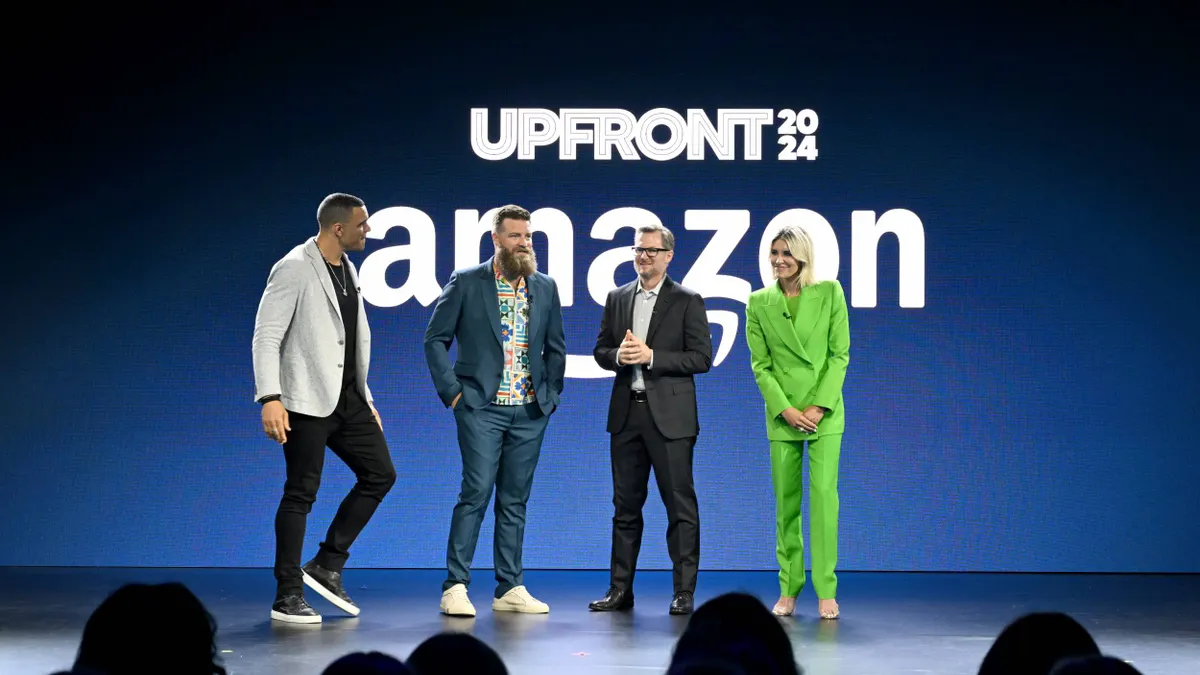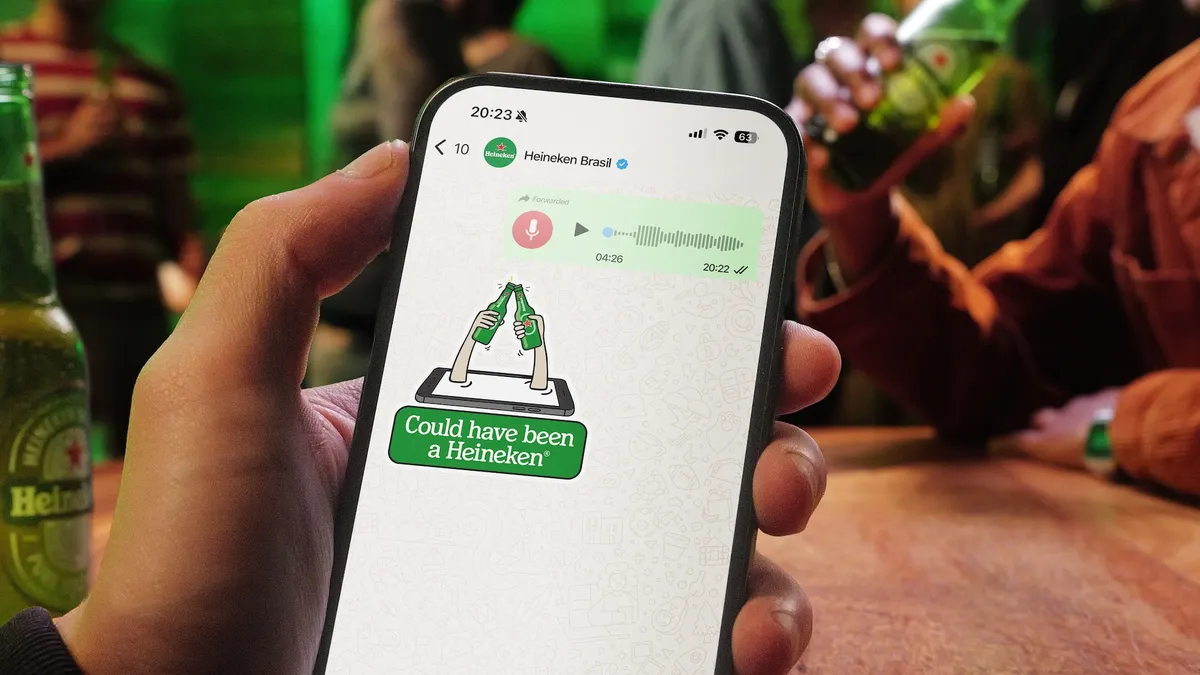Editor's note: The following is a guest post from Jeff Tan, senior vice president and mobile stack lead at Dentsu Aegis Network USA.
The car technology on display at CES can be seen as analogous to the marketing landscape today; automated, highly personalized, responsive and utility driven.
In a parallel with the marketing industry, the car tech sector aims to simultaneously reduce and increase distraction.
In the same way that advanced sensors in cars can reduce aspects of decision making for its drivers, marketers today aim to create seamless content experiences tailored to the individual; think how easy it is to accept Netflix's content suggestions, or Amazon's product recommendations.
But new automotive technology can also increase distraction; future cars will have smart dashboards emulating functions found in a smartphone. Similarly, the influx of devices and content available today means that consumers are living in an attention-deficit economy.
There were four car tech trends at this year's CES that provided a glimpse into the future world of transportation, and the parallels for marketers today.
A shift to the car as a smart hub
The level 3/4 autonomous BYTON concept car can be considered a 4,000-lb. smartphone on wheels; a smart hub that aims to incorporate everything you can do with a smartphone including facial recognition, gesture recognition and even emotion recognition unlocking. Passengers can sync their music, video and calendar preferences, and chat away via video and phone conferencing within the 50-inch dashboard at 80 mph on the Interstate 405.
While CES also brought us the fridge as a hub and even the stove as a hub, the "car as a hub" concept allows opportunities for dynamic, local, geo-specific content personalized to the passengers. Tailored, directional restaurant suggestions based on your family’s current mood and eating preferences could be displayed.
Marketing parallel
Such hubs can be viewed as a mechanism to help reduce decision making in our daily life; research suggests that we have a finite amount of decision-making capabilities each day. Today, smart marketers will view media and content as a utility, rather than an interruption. Experiences will be designed that are seamless and native, no matter what the device.
Inclusion of biometric sensors
The Toyota Concept-i is a glimpse into the future of personalized mobility. In-car biometric sensors measure vitals including heart and blood pressure, and aim to detect what you're feeling. A driver can take comfort knowing that if she hasn't had a break for a while and her eyelids are heavy, the car will pull over. If she's anxious or angry, the car can follow the scenic route. When calm, take the direct route.
Marketing parallel
In this attention-deficit economy, successful brands can resonate with consumers by understanding their behaviors, passions, and with biometric technology, their emotions. Consumers are already expecting personalized, dynamic content on their digital devices tailored to their individuality.
Carmakers are moving from selling cars to becoming transportation solutions
If roads are for driving, Ford recognized that streets are for living. Jim Hackett, president and CEO of Ford posed the question: as our global cities reach capacity, how do we take back the streets for living? Ford aims to build a "transportation mobility cloud" that allows cities to manage vehicles, run fleets of connected vehicles, and re-route traffic from congested streets.
Hackett's vision is bold, future-focused and commendable. To ease the way there, Ford has been researching how consumers will react to and interact with autonomous vehicles. Ford and Dominos have partnered to create self-driving pizza delivery vehicles. Customers in Ann Arbor, MI, can opt to receive their pizza delivery via AV, a unique code on their app that unlocks the heated pizza compartment in the back of the car.
Marketing parallel
Smart cities of the future will be integrated, efficient and data-driven. They will adapt and optimize in real-time to changing conditions, based on the unique needs of their individual citizens. A parallel could be drawn with our approach to marketing with a mobile-first mindset today; we should be utilizing signals from the real-world to inform aspects of decision making beyond advertising. For example, how can geo-location insights data be used to optimize the placements of new store locations or inform local sales and distribution initiatives?
A focus on the last mile
Car companies have pondered how to get in and out of heavy urban areas efficiently, thereby reducing congestion and pollution. Uber and Zipcar intend on being total transportation solutions; at the moment they are merely filling gaps in the value chain. The city of Summit, NJ, has partnered with Uber to shuttle people between their homes and transit hubs, for $2 a ride. This has the benefit of reducing the number of park-and-ride customers.
CES saw the introduction of portable "last mile" transport solutions, including Ujet, a stylish foldable electric scooter with front-facing recordable video cameras, a touchscreen display, USB charging ports for devices, and the ability to unlock the scooter with your smartphone. Such devices have the opportunity to radically transform heavily urban areas. Thousands of these smart portable transport solutions with sensors could communicate with infrastructure such as Ford's visionary Transportation Mobility Cloud, providing a real-time responsive feedback loop.
For the first time in a century, the purchase of a car is becoming optional. My infant son today will grow up in a world where there is a strong possibility he will never drive a car as we know it. As a consumer brought up in the attention-deficit economy, he will expect his vehicles, devices and content to predict what he wants, when he wants it.
Marketing parallel
Marketers today should look at other industries such as car tech to develop a hypothesis for future human behavior. Our marketing activities should reflect this; our content and media needs to be highly personalized and founded on people-based data.
Anything less will be a distraction.




















